The victory of the Dong Xoai Campaign in 1965 in general, and the attack on the Dong Xoai Sub-district—the key battle of the campaign (June 9 and 10, 1965) in particular—marked the maturation of our main forces' art of siege warfare (attacking enemy defenses in fortified positions) on the battlefield of the Southeastern region of Vietnam.
The town of Đồng Xoài (the enemy called it the district capital of Đôn Luân), located in Phước Long province (now Bình Phước province), was part of the outer defense system (North Saigon). It was built as a military base (including the Đồng Xoài Sub-district, the commando zone, the mechanized zone, and the strategic hamlet zone), with a system of bunkers, underground tunnels, and strong fortifications. Here, the enemy had 3 commando companies, 1 security company, 1 militia company, 1 artillery platoon, 1 police platoon, 2 AM mechanized vehicle detachments, 42 American military advisors, 300 civilian police officers, and intelligence forces.
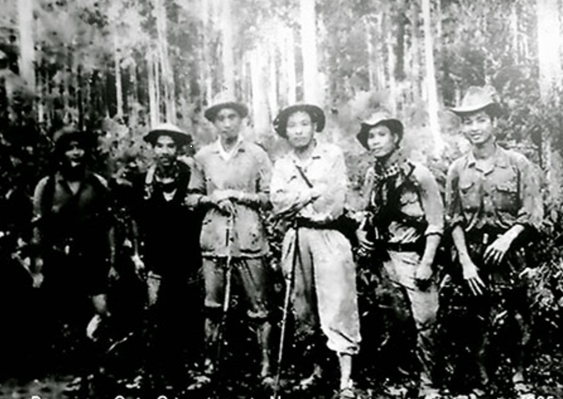 |
The command of the Southern Liberation Army conducts a field survey in preparation for the Dong Xoai Campaign. (Archival photo) |
Following the first phase, the campaign command determined that the main objective of the second phase was to destroy the Dong Xoai Sub-district and assigned the task to the 2nd Infantry Regiment (the main force of the Southeastern region), reinforced by the 8th Infantry Battalion, the 3rd Infantry Regiment (the main force of the Southeastern region), and several fire support units of the main force of the Southeastern region. Among the units participating in this battle, only the 5th Infantry Battalion (2nd Infantry Regiment) had received training in frontal assault tactics. In the book "History of the Vietnamese People's Army's Offensive Tactics in the Resistance War against French Colonialism and American Imperialism (1945-1975)," published by the People's Army Publishing House, Hanoi, 2008, it is stated that: After a day and night of offensive operations, we eliminated more than 600 enemy soldiers (including 42 American advisors); shot down 7 helicopters, damaged 2 others; seized 148 weapons of various types, 4 AM vehicles, nearly 16,730 rounds of ammunition, and many military supplies...
The attack on the Dong Xoai military base demonstrated exceptional tactics in siege warfare. First and foremost was the art of establishing a solid offensive position from the outset. The objective of the attack on the Dong Xoai military base was to destroy the base, gain control of the battlefield, and simultaneously create an opportunity to eliminate reinforcements for the campaign. The battle was meticulously prepared, from reconnaissance to gather intelligence on the enemy and terrain, to the development of a suitable and practical battle plan, especially the use of forces to form an offensive position from all directions from the beginning. The main attack direction from the West and Northwest, targeting the base, was undertaken by the 5th Infantry Battalion; the secondary attack direction from the North and Northwest, targeting the special forces base, was undertaken by the 4th Infantry Battalion; and the coordinated encirclement from the East and South of the base was undertaken by the 8th Infantry Battalion. Regarding the offensive formation, we organized two echelons: Echelon 1 consisted of three infantry battalions (4, 5, and 8), and Echelon 2 was led by the 6th Infantry Battalion. After artillery and mortar fire suppressed the enemy's artillery and mortars, our infantry, advancing from various directions, quickly destroyed enemy units and firing positions, ultimately annihilating the entire enemy force.
Simultaneously, we concentrated our firepower, limiting the enemy's strengths and exploiting their weaknesses during the offensive. Adhering to the fundamental principles of frontal assault, we utilized the majority of our firepower in the formation for the attack. On the main attack direction, we concentrated our forces on the west and northwest of the district. Although the enemy's defensive fortifications and firepower were stronger in this direction, they also had many vulnerabilities, especially in terms of terrain and the lack of civilian population, allowing us to deploy our firepower more discreetly than in other directions. On the secondary and coordinating attack directions, we deployed attacking forces and encircling forces; at the same time, we had strong reserve forces ready to support the main direction. Thanks to this, during the offensive, we dispersed a portion of the enemy's firepower and countermeasures in various directions, allowing us to develop our offensive and annihilate the enemy.
The unique aspect of the attack on the Dong Xoai Sub-district was the effective application of combat tactics by our forces. Based on intelligence gathered, we observed that the enemy's deployment in the Dong Xoai Sub-district differed significantly from a conventional field encampment. They had organized a system of fortifications, obstacles, and multiple layers of barbed wire fences, combined with numerous minefields, including trap-detonated, booby-trapped, and directional mines. Under the direction of the Campaign Command, the 2nd Infantry Regiment decided to choose a frontal assault tactic and close-quarters combat, nighttime fighting, secret maneuvers to approach the target, and surprise attacks to breach the defenses... Particularly noteworthy was our flexible application of combat tactics such as: breakthroughs, encirclements, deep penetrations, ambushes, and the division of enemy forces, combined with flanking attacks on their sides, rear, and central resistance areas, destroying resistance strongholds and relief forces, and clearing land and air routes... to achieve victory and conclude the Dong Xoai frontal assault, which was also the pivotal battle of the campaign.
The Dong Xoai Campaign marked the first time in the Eastern South Vietnam battlefield, and the Southern battlefield in general, that we organized a large-scale assault involving an reinforced regiment with multiple branches of the armed forces, achieving a resounding victory. The art of siege warfare employed in the Dong Xoai Campaign continued to be creatively applied and effectively utilized by our army throughout the resistance war against the US, for national liberation.
NGOC SON
Source




![[Photo] Prime Minister Pham Minh Chinh presides over a meeting on private sector economic development.](/_next/image?url=https%3A%2F%2Fvphoto.vietnam.vn%2Fthumb%2F1200x675%2Fvietnam%2Fresource%2FIMAGE%2F2025%2F12%2F20%2F1766237501876_thiet-ke-chua-co-ten-40-png.webp&w=3840&q=75)


![[Photo] Prime Minister Pham Minh Chinh presides over the conference announcing the establishment of the International Finance Centre in Vietnam.](/_next/image?url=https%3A%2F%2Fvphoto.vietnam.vn%2Fthumb%2F1200x675%2Fvietnam%2Fresource%2FIMAGE%2F2025%2F12%2F21%2F1766309817714_ndo_br_dsc-3400-jpg.webp&w=3840&q=75)





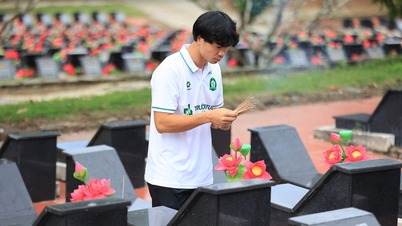

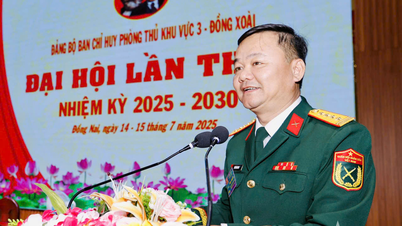
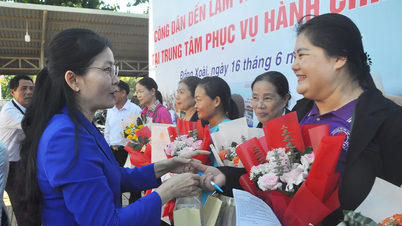




















































































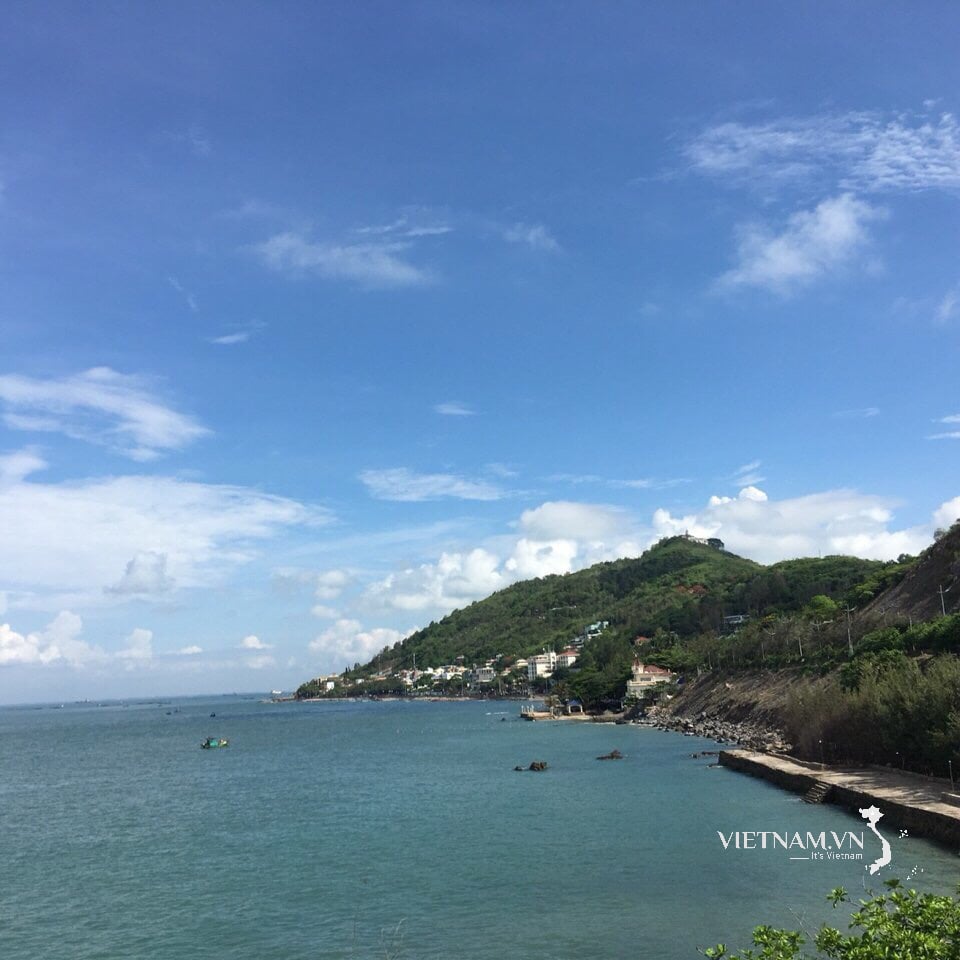
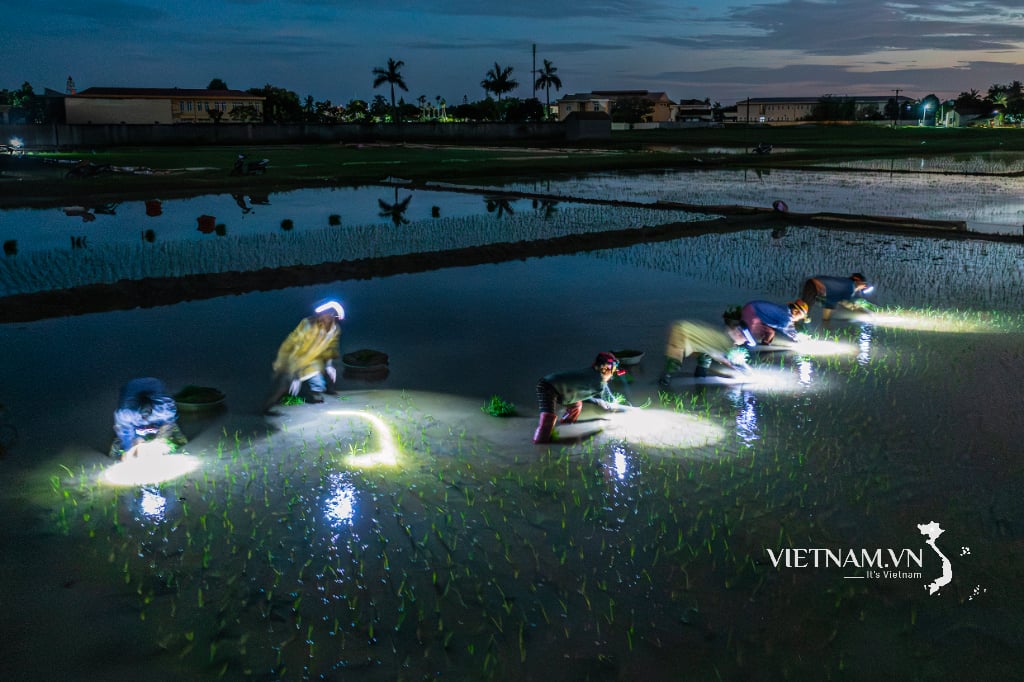

Comment (0)